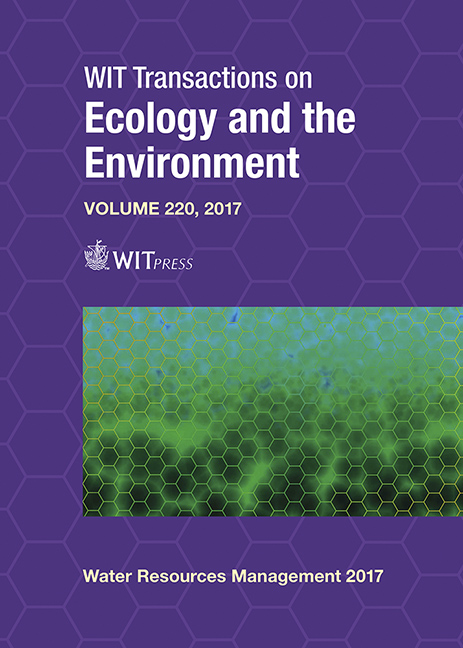NUMERICAL STUDY OF WATER QUALITY IMPROVEMENT IN A PORT THROUGH A FORCED MIXING SYSTEM
Price
Free (open access)
Transaction
Volume
220
Pages
12
Page Range
69 - 80
Published
2017
Size
647 kb
Paper DOI
10.2495/WRM170071
Copyright
WIT Press
Author(s)
DANIELA MALCANGIO, ANTONIO MELENA, LEONARDO DAMIANI, MATILDA MALI, ALESSANDRA SAPONIERI
Abstract
Over the years, the growing development of coastal areas urbanization has led to marine habitat loss and degradation. With the continuous increase in population and industrialization, coastal zones are facing several issues arising from the continued decline in the quality of water and sediments and the rapid deterioration of marine ecosystems. Shipping activities exacerbate such a situation, especially in the vicinity of harbors, which are often affected by stagnant and contaminated waters, containing organic as well as inorganic substances. In Italy, although the environmental legislation does not appropriately consider the port as a water body, specific actions are required in order to properly manage these basins. In this regard, a 3D numerical model is firstly performed to detect the hydrodynamic circulation and the water renewal within a port in the southern Adriatic coast of the Apulian region (South of Italy). Then, some configurations of a possible technical solution, i.e. a pumping system aimed at improving water quality, are modelled. Specifically, the system consists of a pump that draws water from areas with less water exchange and enters it into areas inside the port with lower hydrodynamic circulation. The different results, in terms of (i) number of sinks and sources, and (ii) their location, are compared to obtain the best technical solution that enhances the water renewal and then improves its quality. The study allows readers to identify methods for proper planning and management of such shallow sea areas with low water exchange and thus highly susceptible to accumulation of harmful substances in the water, that are ports.
Keywords
ports, water quality, hydrodynamic circulation, port management, water exchange, forced mixing system





